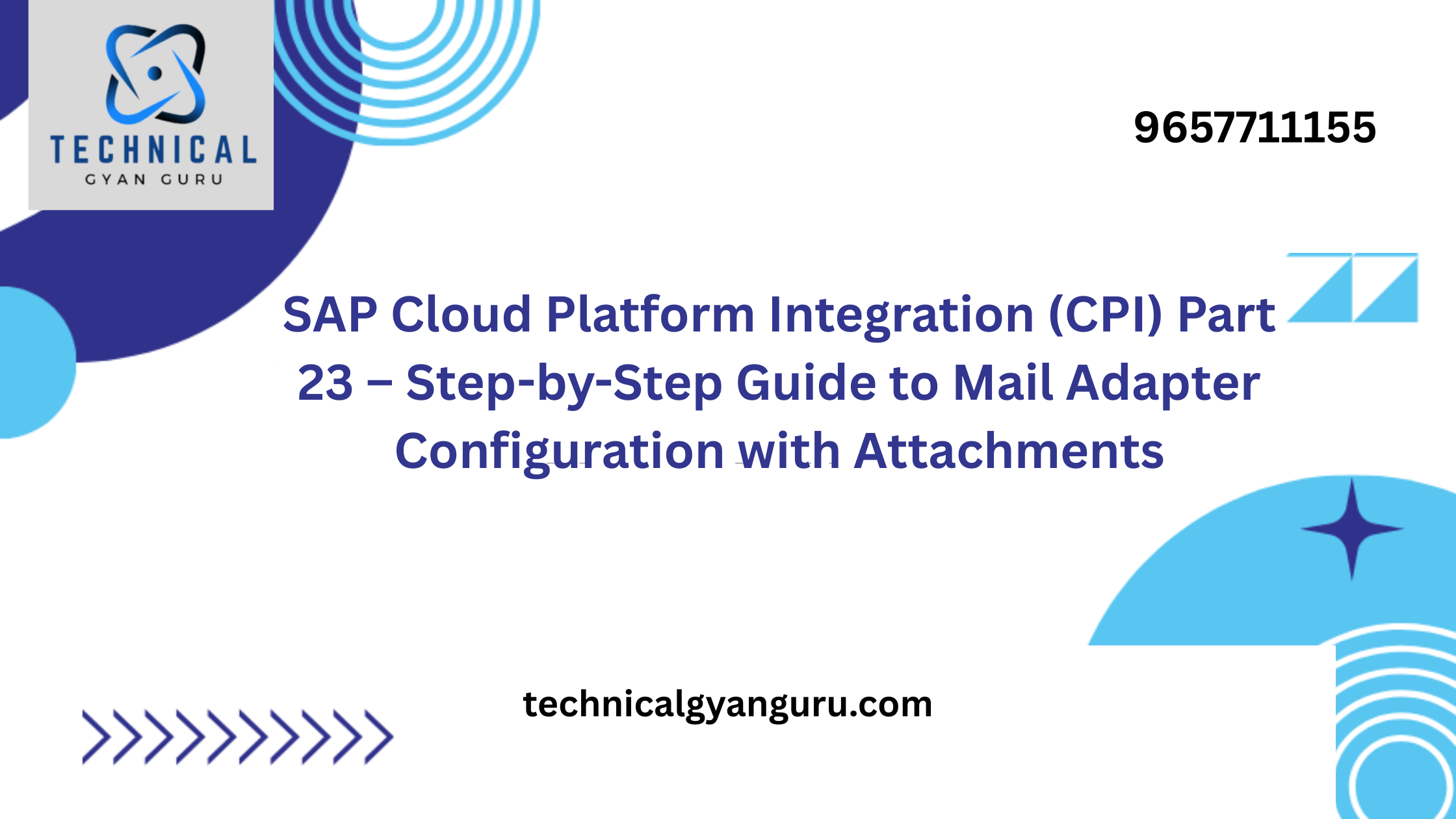
In an era where data is the lifeblood of businesses, ensuring its security is paramount. SAP HANA, a groundbreaking in-memory database platform, offers robust security features that fortify data protection. This comprehensive tutorial delves into the world of SAP HANA security, shedding light on its critical aspects and providing a step-by-step guide to establishing a secure environment for your valuable data.
Understanding SAP HANA Security
SAP HANA security encompasses a range of measures designed to protect sensitive data from unauthorized access, tampering, and breaches. From authentication and authorization to encryption and auditing, SAP HANA provides a multifaceted security framework that can be tailored to meet the unique requirements of your organization.
Key Concepts and Terminology
Before we delve into the tutorial, let’s lay the foundation with some key security-related terms associated with SAP HANA:
- Authentication: The process of verifying the identity of users and ensuring that only authorized individuals gain access to the SAP HANA system.
- Authorization: Assigning specific privileges to users, granting them access to certain data or functionalities based on their roles and responsibilities.
- Encryption: The technique of converting data into a coded form to prevent unauthorized access. Data can be encrypted both at rest (stored data) and in transit (data being transmitted).
- Auditing: The practice of monitoring and recording user activities and system events to track potential security breaches and ensure compliance.
- Roles and Privileges: Roles define sets of permissions that users or groups possess, while privileges grant specific actions within the system, such as reading, writing, or executing.
SAP HANA Security Tutorial
Let’s dive into a step-by-step tutorial on implementing SAP HANA security measures:
1. Authentication and User Management:
Step 1: Access the SAP HANA system using the administration tool (SAP HANA Studio or other compatible tools).
Step 2: Create user accounts for individuals who will access the system.
Step 3: Set up authentication mechanisms, such as password-based authentication, X.509 certificates, or SAML-based Single Sign-On (SSO).
2. Authorization and Role Management:
Step 1: Define roles based on job responsibilities (e.g., developer, analyst, administrator).
Step 2: Assign privileges to roles, specifying what actions users in each role can perform.
Step 3: Assign users to roles, granting them the privileges associated with their roles.
3. Encryption:
Step 1: Enable encryption options for both data at rest and data in transit.
Step 2: Configure SSL certificates for secure communication between clients and the SAP HANA server.
4. Auditing:
Step 1: Set up auditing policies to capture specific events and activities.
Step 2: Determine what events you want to monitor, such as logins, access to critical data, and configuration changes.
5. Network Security:
Step 1: Implement network security measures, such as firewalls and intrusion detection systems, to protect the SAP HANA system from external threats.
6. Patch Management:
Step 1: Regularly update and patch the SAP HANA system to address known security vulnerabilities.
Best Practices for SAP HANA Security:
- Least Privilege Principle: Grant users only the privileges necessary to perform their tasks. Avoid over-assigning privileges.
- Regular Auditing: Continuously monitor and review audit logs to detect and respond to suspicious activities promptly.
- Regular Backups: Perform regular backups of your SAP HANA system to ensure data recovery in case of security incidents.
- Secure Configuration: Follow SAP’s security guidelines for configuring your system securely, including user and role management, encryption, and network settings.
Conclusion
SAP HANA security is not a one-size-fits-all endeavor; it’s a dynamic process that requires constant vigilance and adaptation to emerging threats. By implementing the measures outlined in this tutorial and adhering to best practices, you can establish a robust security framework that protects your data and ensures the integrity of your SAP HANA environment. Remember, safeguarding your data is not only a responsibility—it’s an investment in the future success and trust of your organization.







